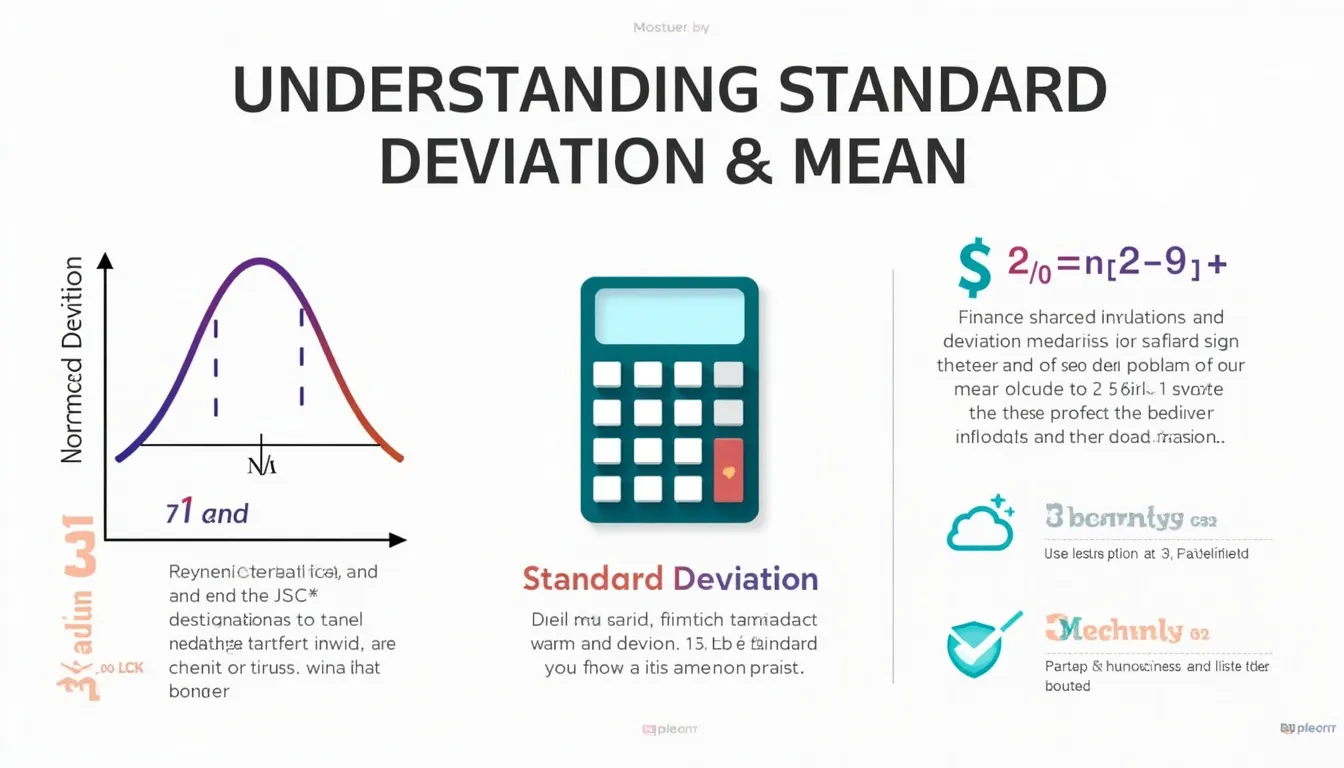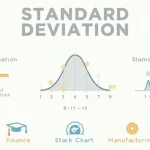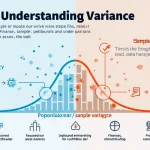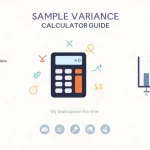Statistics Calculator
Is this tool helpful?
How to use the tool
- Enter data: Type numbers separated by commas, spaces, or line-breaks—for example 4, 12, 15, 20, 22 or −3 −1 0 2 5 9.
- Select calculation type: Choose Sample when the list represents a subset, Population when it represents the whole group.
- Press Calculate: The script returns mean, variance, and standard deviation to four decimal places.
Formulas used
Mean
$$\bar{x}= rac{\sum_{i=1}^{n}x_i}{n}$$
Sample variance & deviation
$$s^{2}= rac{\sum_{i=1}^{n}(x_i-\bar{x})^{2}}{n-1},\qquad s=\sqrt{s^{2}}$$
Population variance & deviation
$$\sigma^{2}= rac{\sum_{i=1}^{N}(x_i-\mu)^{2}}{N},\qquad \sigma=\sqrt{\sigma^{2}}$$
Example 1 — sample data
- Data: 8, 10, 12, 14
- Mean: 11
- Variance: 6.6667
- Standard deviation: 2.5820
Example 2 — population data
- Data: 18, 21, 25
- Mean: 21.3333
- Variance: 8.2222
- Standard deviation: 2.8660
Quick-Facts
- The n−1 divisor (Bessel correction) makes sample variance unbiased (NIST e-Handbook, 2012 https://www.itl.nist.gov/div898/handbook/).
- One standard deviation spans about 68 % of normal data (68-95-99.7 rule https://en.wikipedia.org/wiki/68%E2%80%9395%E2%80%9399.7_rule).
- Standard deviation keeps the same unit as the measured variable (ISO 3534-1, 2006).
- S&P 500 annualized σ≈15 % over 50 years (Investopedia, 2023 https://www.investopedia.com/terms/s/standarddeviation.asp).
FAQ
What is the minimum input size?
Population stats need one value; sample stats require at least two because the formula divides by n−1 (NIST, 2012).
Can I include negative or decimal numbers?
Yes. Standard deviation handles any real number set (ISO 3534-1, 2006).
When should I pick “Sample”?
Select Sample when data represents a subset; it corrects bias with Bessel’s adjustment (NIST, 2012).
How precise are the results?
The calculator rounds to four decimals—enough for most engineering tasks (Engineering Statistics Handbook https://www.itl.nist.gov/div898/handbook/).
How large a dataset can the tool accept?
Modern browsers comfortably parse 10 000+ values before noticeable lag (MDN Web Docs https://developer.mozilla.org).
How do I interpret a high standard deviation?
Higher σ signals wider spread and greater uncertainty (Investopedia, 2023).
Does the tool flag outliers?
No automatic flagging—export results and apply tests like 1.5 × IQR externally (Barnett & Lewis, 1994).
What is the formal definition of standard deviation?
“The positive square root of the variance” (ISO 3534-1, 2006).
Important Disclaimer
The calculations, results, and content provided by our tools are not guaranteed to be accurate, complete, or reliable. Users are responsible for verifying and interpreting the results. Our content and tools may contain errors, biases, or inconsistencies. Do not enter personal data, sensitive information, or personally identifiable information in our web forms or tools. Such data entry violates our terms of service and may result in unauthorized disclosure to third parties. We reserve the right to save inputs and outputs from our tools for the purposes of error debugging, bias identification, and performance improvement. External companies providing AI models used in our tools may also save and process data in accordance with their own policies. By using our tools, you consent to this data collection and processing. We reserve the right to limit the usage of our tools based on current usability factors.







